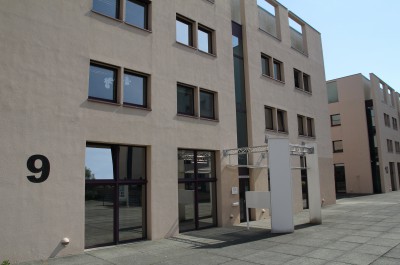A study on migration rates on behalf of the Federal Government
| Project period |
2003 – 2004
| Project staff |
Sven Petersen
| Funding |
Immigration Council of the Federal Government
Own funds
| Project deskription |
In autumn 2003, the Criminological Research Institute of Lower Saxony was commissioned by the Federal Office for Migration and Refugees to prepare an analysis for use with the first report of the Advisory Committee on Migration and Integration in October 2004. The report was to look at problems of crime among migrants and its consequences for integration policy. The original plan was to prepare a secondary analysis on the current state of research comprising 40 to 60 pages. However, when drafting the analysis report, it became clear that in order to provide satisfactory answers to certain questions, it was necessary to conduct supplementary data analysis. We were able to integrate data sets taken from police crime statistics which were made available by the Lower Saxony State Criminal Police Office. We also used calculations based on data taken from case file analysis and a KFN survey of school children. Based on the findings of this data analysis, the final section of the report sets out conclusions regarding how both the state and society can help to improve integration for migrants, and outlines the opportunities and challenges involved in EU expansion to the east.
Notable questions that arose while conducting the research work were as follows: Why did the overall number of foreign defendants decline by around one fifth in Germany during the period 1993 to 2003? What are the reasons for the parallel increase of about 70 percent in the number of foreign inmates? Why, in relation to their share of the overall population, do a disproportionately large number of young male foreigners and ‘Aussiedler’ (immigrants of German extraction from former Eastern bloc countries) commit violent crime? How can the state and society help to improve integration opportunities for migrants?

